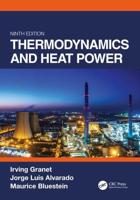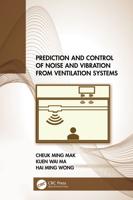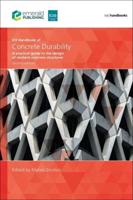Publisher's Synopsis
Demand-controlled ventilation systems can be used to minimize energy consumption whilst maintaining satisfactory levels of indoor air quality (IAQ). As an alternative to CO2 sensors, IAQ sensors (based on Taguchi mixed-gas sensors) can be used to infer levels of IAQ.;This "Technical Note" provides details of a series of laboratory and site tests to determine the performance of a range of indoor air quality (IAQ) sensors.;As part of laboratory tests, the IAQ sensors demonstrated relatively high correlation co-efficients when tested against pollutants, however, co-efficients corresponding to test data over periods when the sensors were subjected to non-controlled conditions (for example, a wide range of non-controlled pollutants) demonstrated a poor relationship when there was no single predominant pollutant.;Site monitoring in three buildings demonstrated relatively poor correlation co-efficients between the IAQ sensors and monitored gases due to the unquantifiable presence of other pollutants. The strongest correlations between IAQ sensors and pollutant gases were obtained when a pollutant gas was present in a sufficient concentration to pervade the complete atmosphere of a zone.;The site monitoring demonstrated that the dilution of pollutants in the indoor environment may be carried out at the expense of introducing polluted air from the outside. A major source of pollution to affect the monitored sites was from vehicle traffic (indicated by levels of CO).;The use of CO2-controlled ventilation techniques is more effective than IAQ sensors in applications where IAQ is primarily influenced by varying occupancy.









